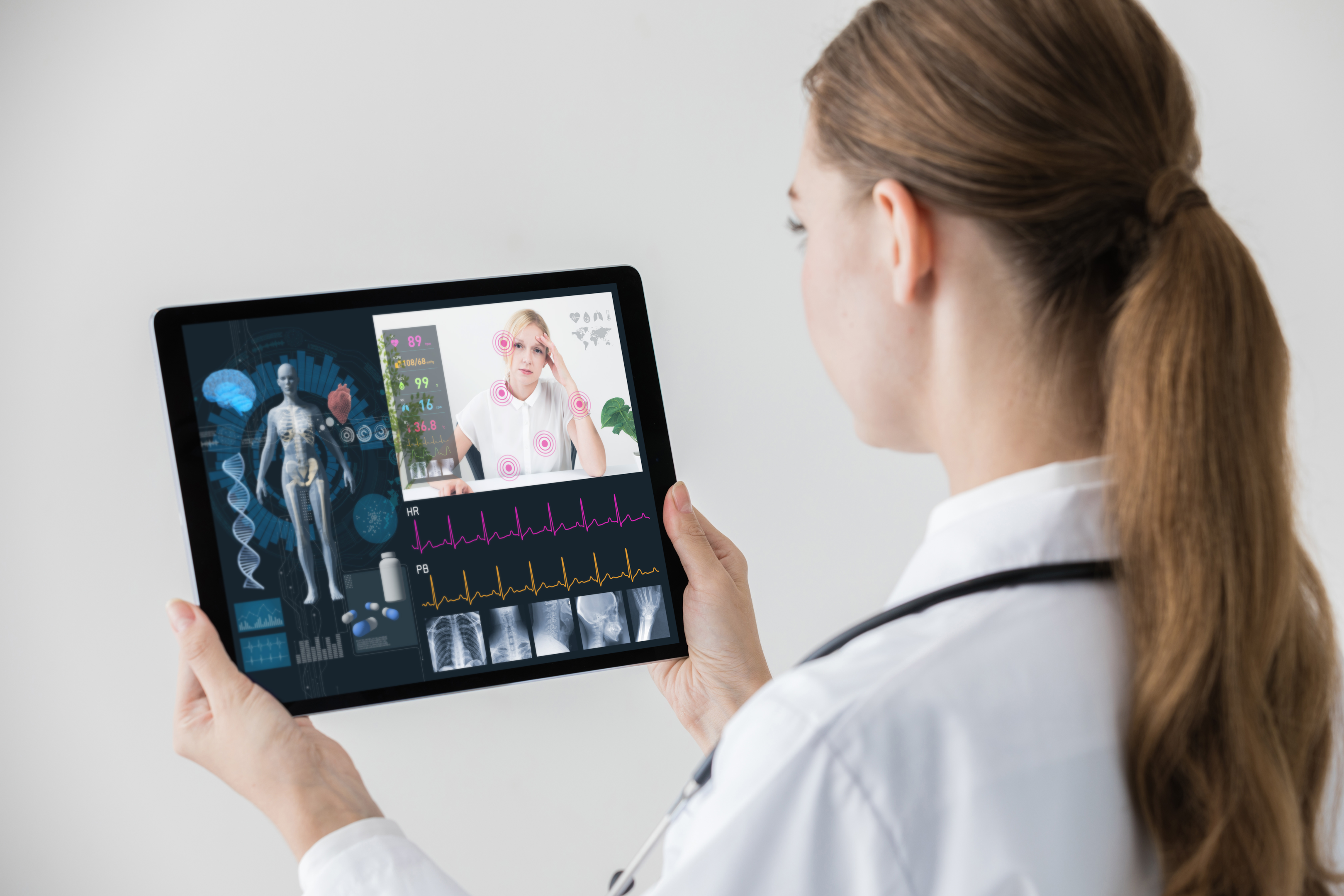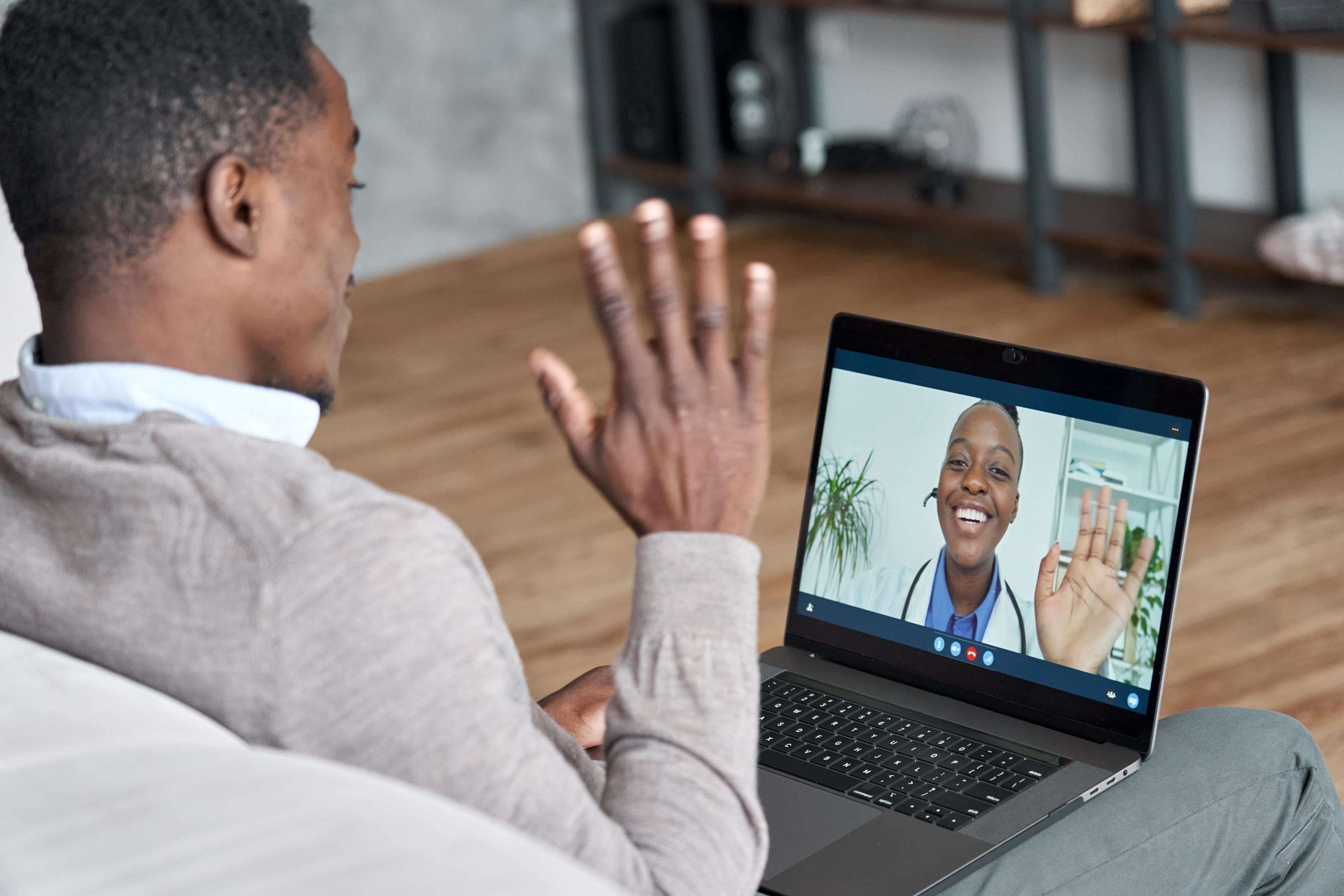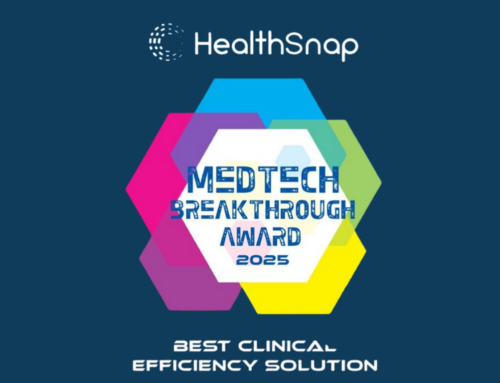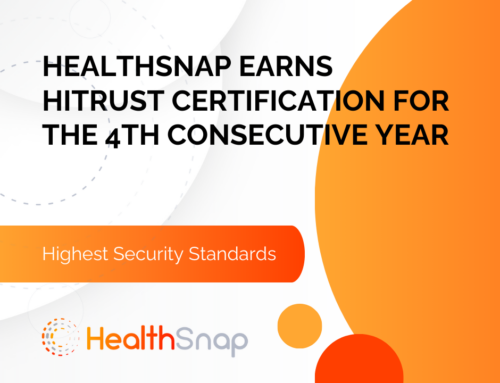By Wesley Smith, Ph.D., HealthSnap Co-Founder & Chief Scientific Officer
Embracing Technological Transformation in Healthcare
When discussing the future of healthcare, artificial intelligence (AI) and machine learning (ML) are creating significant impacts, even though their implications may not be fully understood by all. Despite their technical nature, they signify a major shift in healthcare aimed at improving access, preventing severe health incidents, and enabling early diagnosis and treatment of medical conditions.
The U.S. healthcare system transforms significantly, evolving into “Smart Care” or “Connected Care.” We employ strategies like Remote Patient Monitoring (RPM) to track patient health data, informing clinical decisions. Health systems leaders that are generally averse to technology often adopt this approach once they understand its functions and see health improvements. This adoption signifies an enthusiastic embrace of this new health care phase.
Remote Patient Monitoring: A Game-Changer in Patient Care to Drive Better Health Outcomes
Since its introduction, Remote Patient Monitoring (RPM) marks a significant step toward “SMART care.” It strengthens the patient-provider connection by allowing patients to transmit data from home for physician monitoring and treatment optimization. In 2020, an impressive 23.4 million Americans used RPM services, a number expected to reach 30 million by 2024. This growth likely stems from patients’ heightened sense of security and their active involvement in health analysis, supported by feedback that fosters self-efficacy.
Harnessing AI and ML with Remote Patient Monitoring, our team uses data analytics to identify predictive factors, such as patient weight and data transmission frequency, for patient parameters like home-based blood pressure readings. Our extensive patient data at HealthSnap shows RPM reducing systolic pressure in Stage 2 hypertensives by over 20 points on average.
Soon, we can provide patients with powerful insights, like how weight loss could lower their blood pressure further, or how adding 10 minutes of physical activity or reducing processed foods could significantly reduce stroke risk. This new era benefits everyone in healthcare, particularly patients. Technological advancements create a ripple effect on healthcare startups, leveraging AI, ML, and RPM to improve medical care and usher in a new era of data-driven discovery. The convergence of these technologies transforms patient care and sparks innovative solutions within the healthcare industry.

The momentum around these technologies accelerates at a breathtaking pace, akin to a gas pedal pressed to the floor. Amid this rapid growth, we must pause and recall our ultimate purpose. We must channel this energy, ensuring we never lose sight of healthcare’s true essence – the “care.” It’s crucial we prioritize empathy and compassion, the cornerstones of effective healthcare, requiring human interaction.
Human Connection and Patient Engagement: The Heart of Healthcare
While technology holds the potential to revolutionize healthcare, we must remember that without the genuine connection from human interaction, we risk underutilizing these advancements in patient care. Recognizing this, a crucial role has emerged in “SMART care” – the Care Navigator.
This individual, a clinical staff member, brings not only medical training and clinical experience but also the ability to integrate remote data and guide patients through personalized care plans for chronic conditions. Care Navigators maintain regular remote interactions with patients, analyze data trends, and ensure seamless integration of Chronic Care Management (CCM), remote monitoring, and remote consultations.
Even when conducted remotely, human interactions in healthcare nurture robust relationships, expedite trust-building, enhance patient engagement, and improve the overall patient experience. They provide convenience and access to concierge-style care. HealthSnap uses technology and trained care navigators to optimize care, largely fostered by the trust and meaningful bond that develops with patients on the program. This bond can significantly shape a patient’s journey toward improved health.
While chatbots and recorded messages may seem futuristic, they risk creating a disconnect between patients and their care. These tools, instead of bridging gaps, could potentially widen them, underscoring the irreplaceable value of human interaction. The sustained relationship between patients and a provider, or continuity of care, forms a critical healthcare cornerstone. Through these interactions, we educate patients, consult with them, and inspire adherence to their care plans.

Healthcare extends beyond the occasional 6-month doctor visit for a brief conversation; it demands empowering patients, bolstering their self-efficacy, and enhancing health literacy. Progress becomes tangible when patients understand their health and manage it with confidence. As we welcome technological advancements, we must keep sight of the human connection in healthcare, the pulse of improved patient outcomes.
Navigating Depression and Loneliness Among Medicare Patients: The Crucial Role of Human Connection in Digital Health Care
When it comes to patient care, it’s unfortunately common to encounter many grappling with emotional challenges like depression and loneliness. This highlights the limitations of automated messages, chatbots, and other AI-based tools in healthcare. Despite the benefits these technologies provide, they cannot supplant the essential role human connection plays in aiding patients’ mental health, impacting their overall well-being and dedication to following a care plan.
The sobering truth is that over half of seniors may struggle with feelings of loneliness, with a subset feeling disconnected from their community. Further, nearly a third of Medicare-enrolled seniors shoulder a significant care-related financial burden, deeply affecting their mental health and exacerbating emotional issues. Consequently, addressing loneliness becomes crucial in not just improving patient well-being but also managing costs effectively.
Research indicates that loneliness can prompt Medicare patients to seek increased healthcare services. Those most impacted by loneliness and isolation are typically those coping with poor physical or mental health, disabilities, or financial insecurity. This predicament results in increased reliance on healthcare services, which could even be a coping mechanism for their loneliness. This situation underscores the immediate need to merge technological advancements with skilled professionals capable of providing empathy, understanding, and reassurance, even remotely, to enhance care quality. While chatbots and AI-messaging systems are innovative leaps in healthcare communication, they may not fully meet the demand for the genuine human connection that trained Care Navigators can offer.
The evolving terrain of digital healthcare necessitates a balance between technology and human interaction. While technology amplifies our abilities, human connection remains pivotal, particularly in addressing depression—a condition fraught with unique challenges. Individuals battling depression often contend with low motivation, energy shortage, and difficulties in self-care, thereby complicating adherence to care plans. Moreover, Care Navigators serve a crucial role in alleviating loneliness, especially when their focus lies on forging a bond with patients and ensuring care continuity. Their empathetic approach can augment the efficacy of digital care and foster improved patient outcomes.

The escalating incidence of depression among Medicare patients underscores the need for effective mental health support and interventions. Care Navigators, trained to identify depression and administer the Geriatric Depression Scale (GDS), are instrumental in coordinating patient care and enhancing mental wellness. They embody the requisite blend of empathy and expertise needed to motivate depressed patients to adhere to care plans. As we traverse the digital expanse of healthcare, let’s not forget the timeless importance of human connection.
Embrace the Synergy: Remote Technology & Remote Care Navigation
As we stand on the brink of a healthcare revolution, it’s evident that digital health and AI hold vast potential to redefine patient care’s future. This transformation calls for a unique breed of healthcare professional—the Care Navigator—who can skillfully weave technology with the irreplaceable human elements of care.
The shift towards remote technology for home-based monitoring of patient’s health metrics not only informs clinical decisions but also boosts overall patient outcomes. Similarly, remote coaching by Care Navigators provides an indispensable lifeline for patients. These professionals guide patients, refine their care plans, and most importantly, ensure a patient-centric approach that respects patients’ autonomy and comfort.

The real magic, however, happens when these two strategies—remote technology and remote consultation—intersect. Without data trend analysis, Care Navigators may find their conversations limited and feedback less impactful. On the other hand, remote monitoring without patient dialogue becomes less insightful and empowering.
But when care navigation and remote monitoring merge, the results are nothing short of remarkable. We’ve seen patient improvements that are virtually unparalleled in clinical practice, especially when Remote Patient Monitoring (RPM) and Chronic Care Management (CCM) are implemented together. This isn’t merely an additive process where one plus one equals two, but rather one where one plus one feels like ten—a potent clinical synergy capable of saving lives, reducing costs, and revolutionizing healthcare. Our data from thousands of patients indicate a significant improvement in health parameters when RPM and CCM are combined versus when used singly.
As we navigate this thrilling digital health landscape, let’s remember that while technology is our tool, “CARE” remains our guiding principle. In healthcare, we must strive to preserve human interaction, ensuring that our patients feel heard, cared for, and supported.
To schedule a demo, call today at 888-780-1872 (Ext. 3) or click here to schedule a meeting.










